OwoMonie
Overview
OwoMonie is a personal finance management app designed to help Nigerian users take control of their financial health. This case study outlines the process of creating a compelling brand identity and a user-friendly product design to position OwoMonie as the go-to app for financial management in Nigeria.
My contribution
User & Product Research Brand Strategy & Design Product Design
The team
1 × product manager 1 x brand designer 2 × product designer 2 × engineers
Year
2024
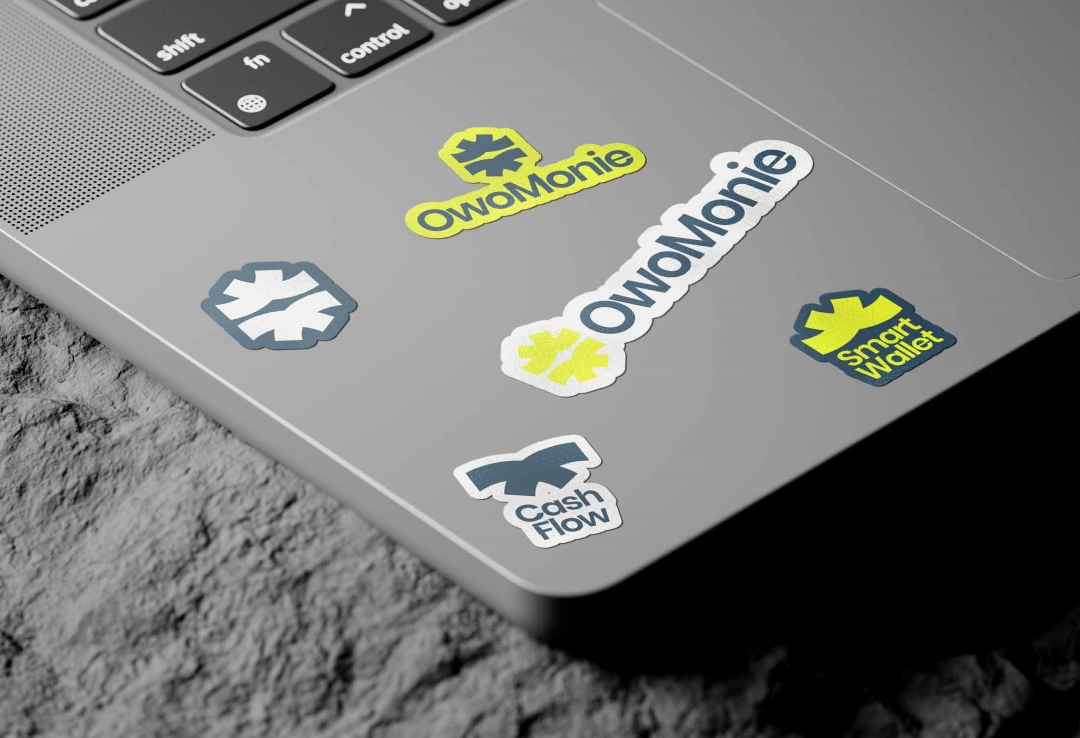
Process
Project Overview
Challenge
How do you design a brand and product that speaks directly to Nigerian users’ unique financial challenges while maintaining simplicity and functionality?
Objectives
- Develop a relatable and impactful brand identity that resonates with the Nigerian audience.
- Design an intuitive and visually engaging interface that simplifies personal finance management.
- Ensure the app integrates seamlessly with Nigerian financial institutions for a smooth user experience.
Research & Discovery
Understanding the Audience
We conducted in-depth research to understand the target audience, their pain points, and their expectations:
- Key Insights:
- Users wanted a solution that felt approachable, not intimidating.
- Many were looking for better ways to budget and track spending but felt overwhelmed by overly complex tools.
- Seamless integration with local banks was a high priority.
Competitor Analysis
We analyzed existing finance apps, identifying gaps in usability, design, and localization to carve out OwoMonie’s unique position.
Key Insight: Personalization and community engagement were largely missing in competitors’ offerings, presenting an opportunity for differentiation.
Branding Development
Defining the Brand Personality
OwoMonie needed to feel:
- Trustworthy: Users should feel confident in sharing sensitive financial data.
- Relatable: Reflecting the vibrant, aspirational nature of target audience.
- Empowering: Giving users control and clarity over their finances.
Visual Identity
- Logo Design: A modern, minimalist logo symbolizing flow of transactions and centralization.
- Color Palette: A blend of luminous yellow and black blue, accented with neutral tones for balance.
- Typography: Clean, sans-serif fonts ensuring readability across digital platforms.
"The OwoMonie brand embodies simplicity and empowerment—financial management made approachable."
Product Design
User-Centered Interface Design
To simplify personal finance management, the design prioritized:
- Clear Navigation: Ensuring users could quickly find tools for tracking, budgeting, and forecasting.
- Data Visualization: Interactive charts and graphs for easy understanding of spending and income patterns.
- Personalization: Budgets and recommendations tailored to user goals and financial habits.
Key Features Highlighted in Design
- Comprehensive Tracking: Visual dashboards for income, expenses, and investments.
- Financial Forecasting: Predictive analytics made accessible through simple tools.
- Community Tab: A dedicated space for user interaction and expert advice.
- Bank Integration: Smooth account linking for real-time updates.
"Every design choice was rooted in one goal: making personal finance accessible and actionable for every user."
Design & Development Process
Iterative Design Approach
While development for OwoMonie is ongoing, the design phase laid a strong foundation through an iterative process:
- Prototyping: Early-stage wireframes and high-fidelity mockups provided a clear blueprint for the app’s look and feel.
- User Feedback Loops: Conducted usability testing with a sample audience to refine navigation, data visualization, and interactive elements.
- Collaboration with Developers: Ensured a seamless handoff of design assets to developers, aligning on feasibility and functionality.
Key Focus Areas for Development
- Data Security: Prioritizing secure integrations with Nigerian financial institutions to protect user information.
- Responsive Design: Ensuring smooth functionality across devices, from mobile to desktop.
- Feature Scalability: Building a framework that allows future enhancements, such as advanced analytics or expanded integrations.
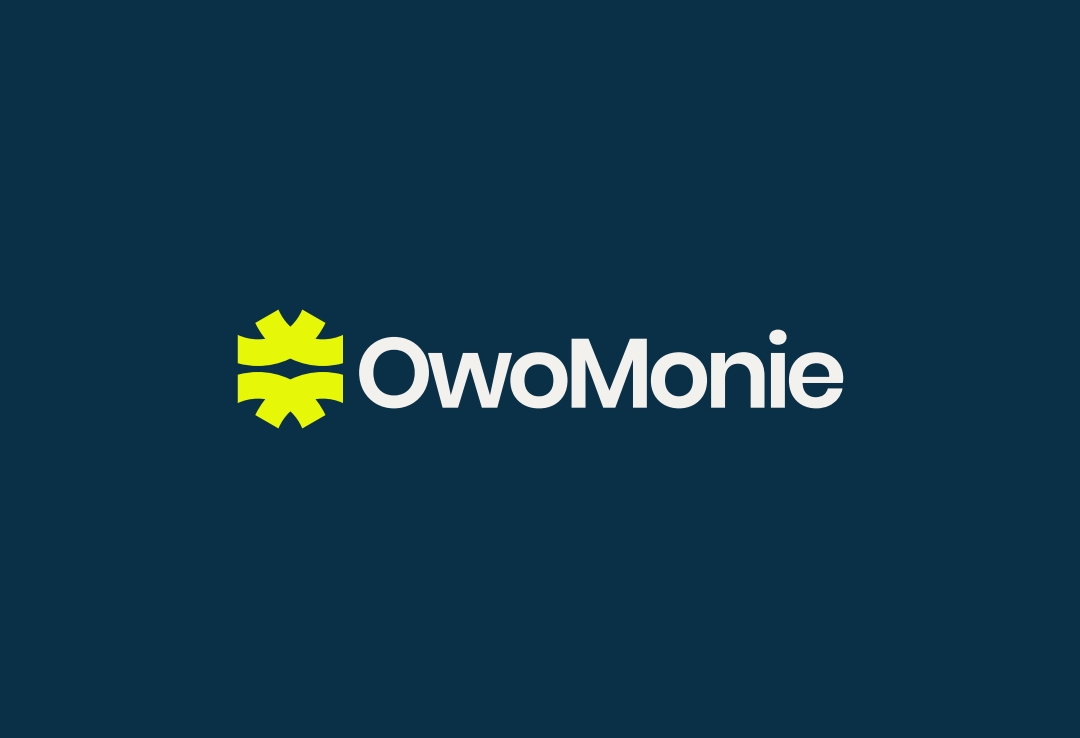
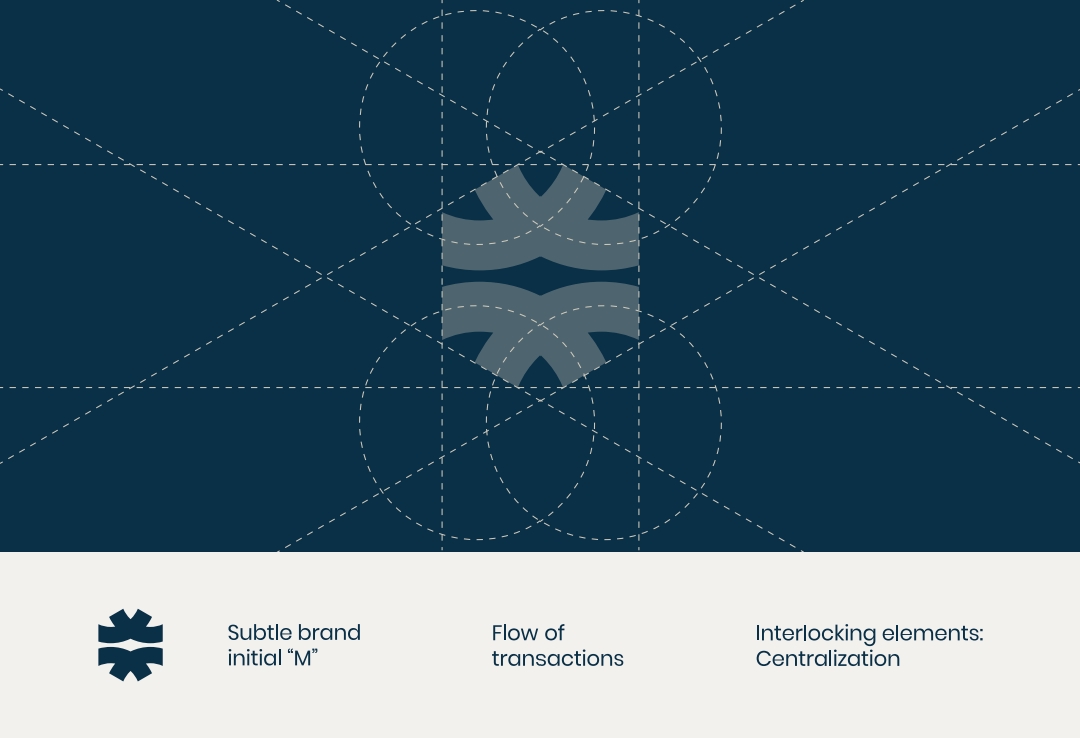

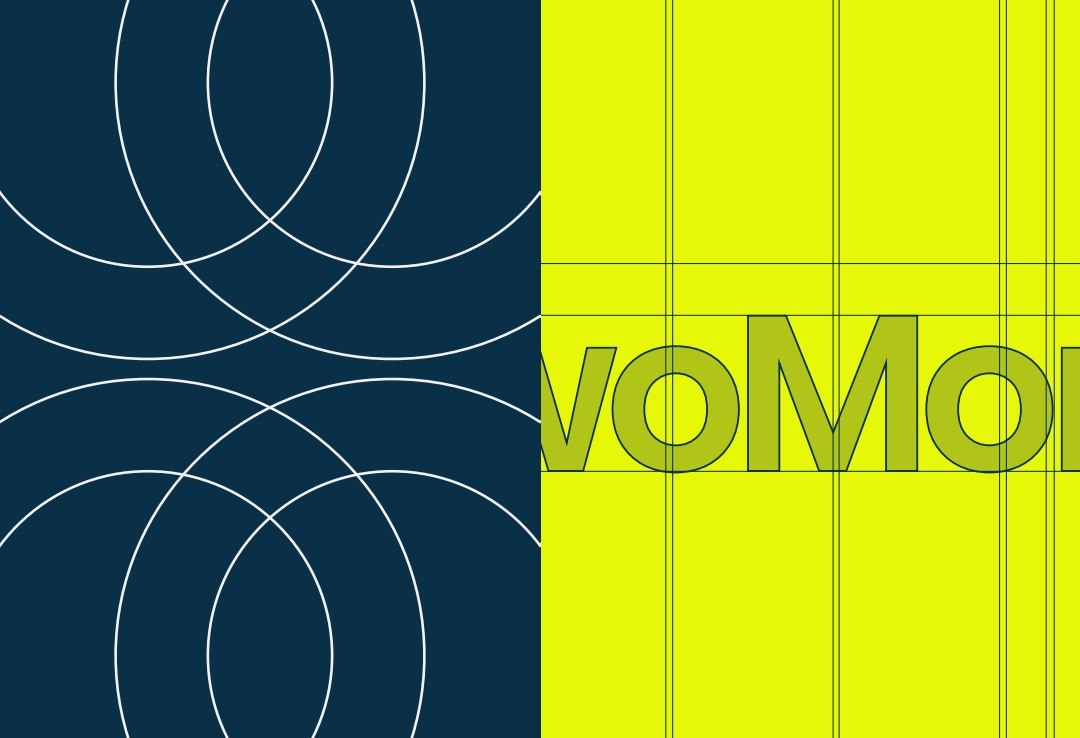
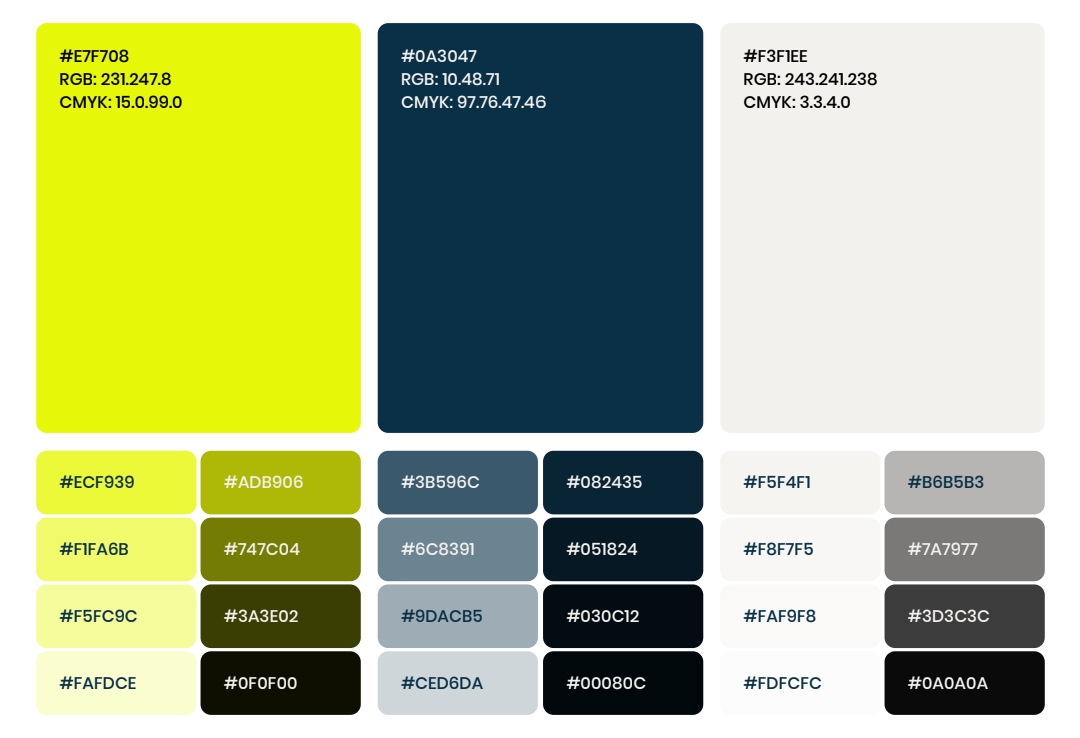
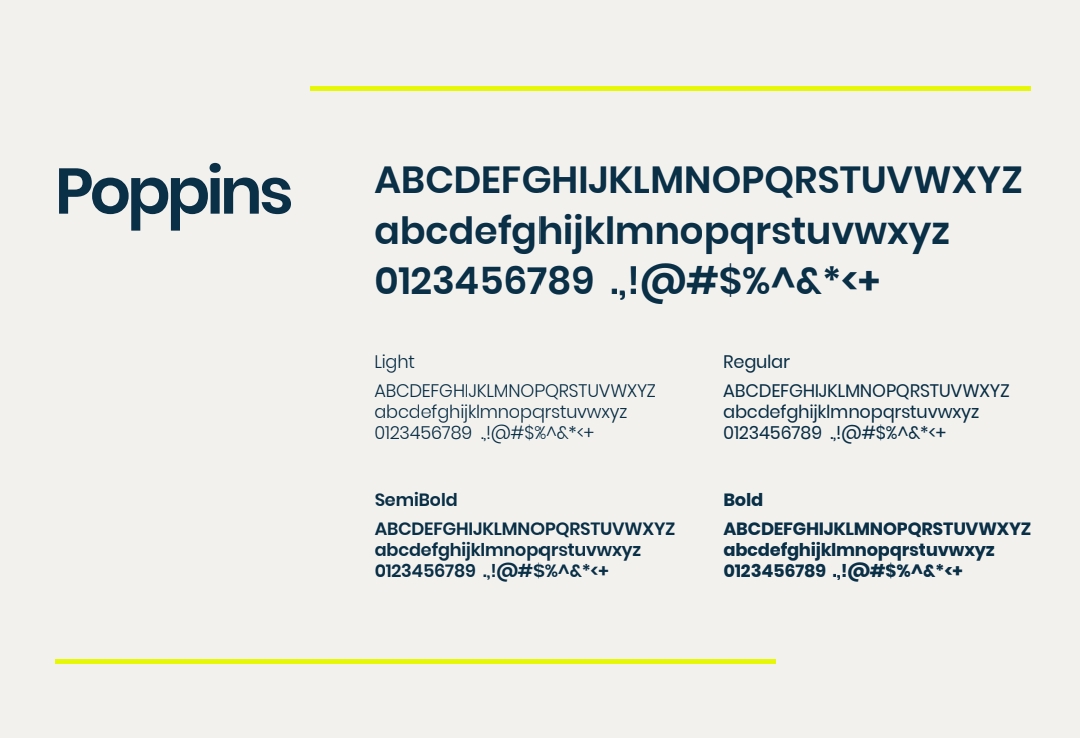

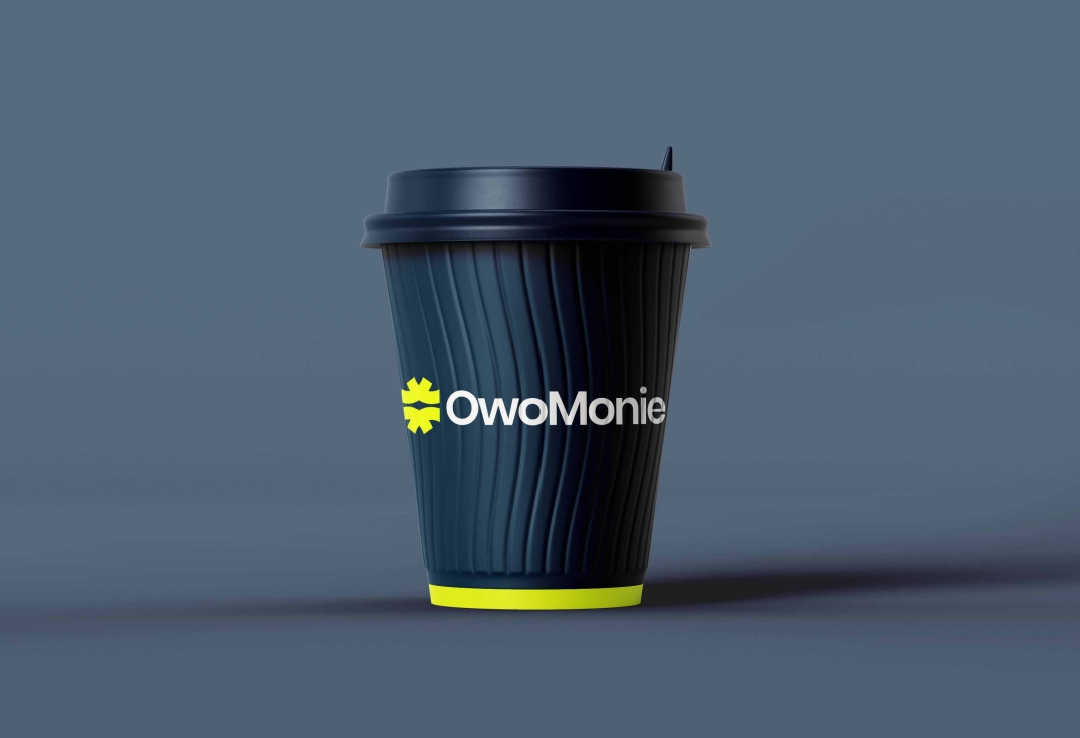

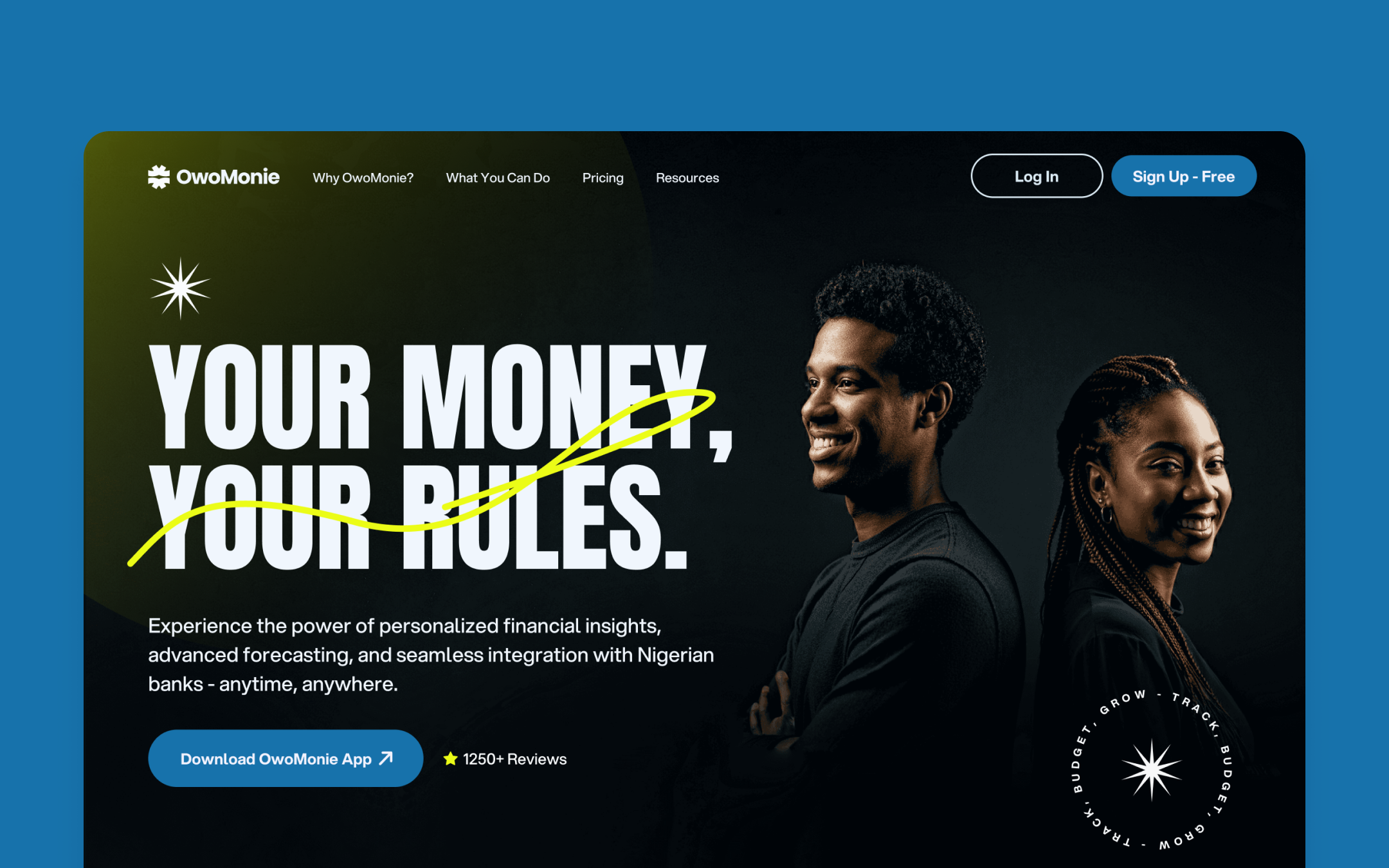
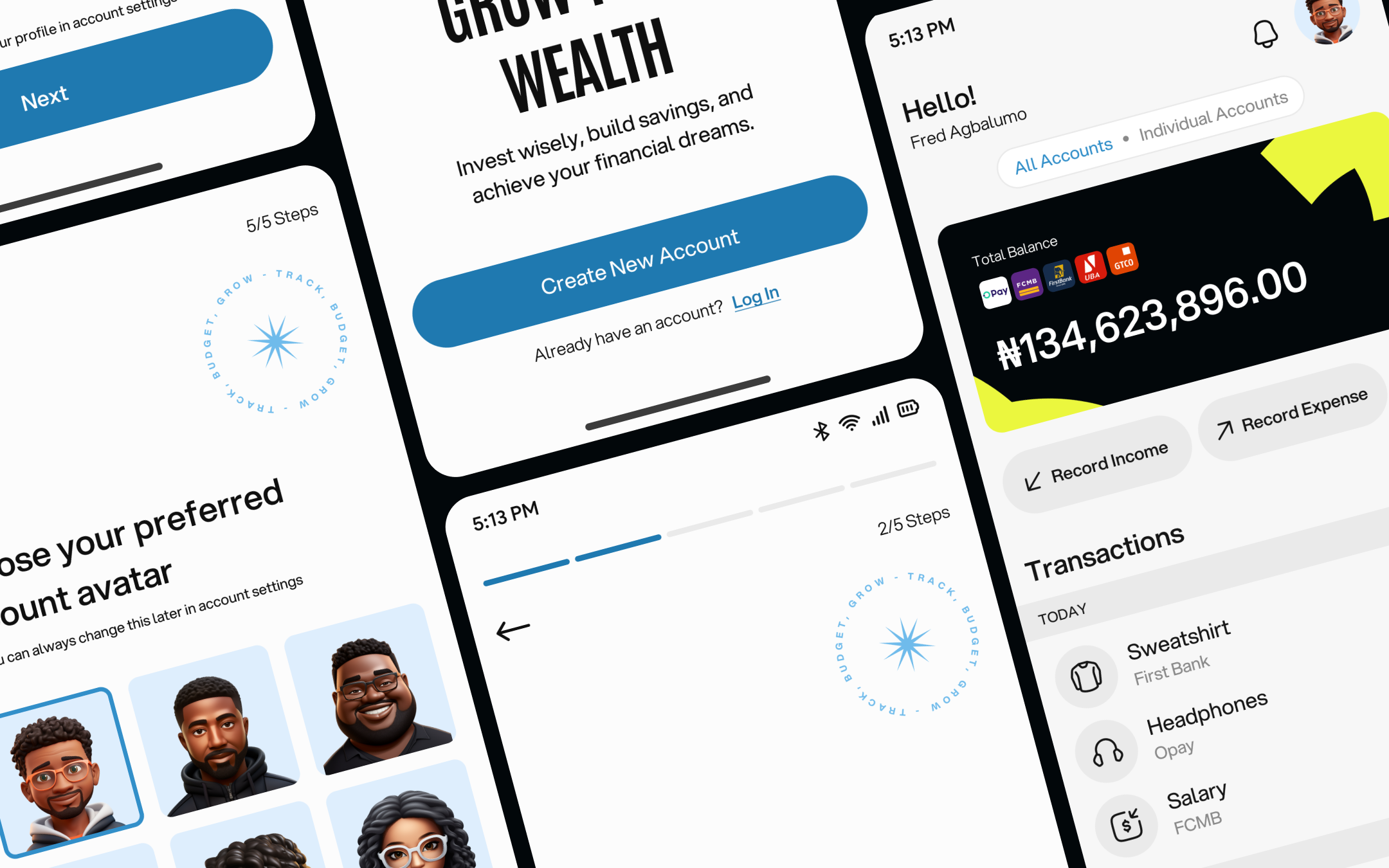
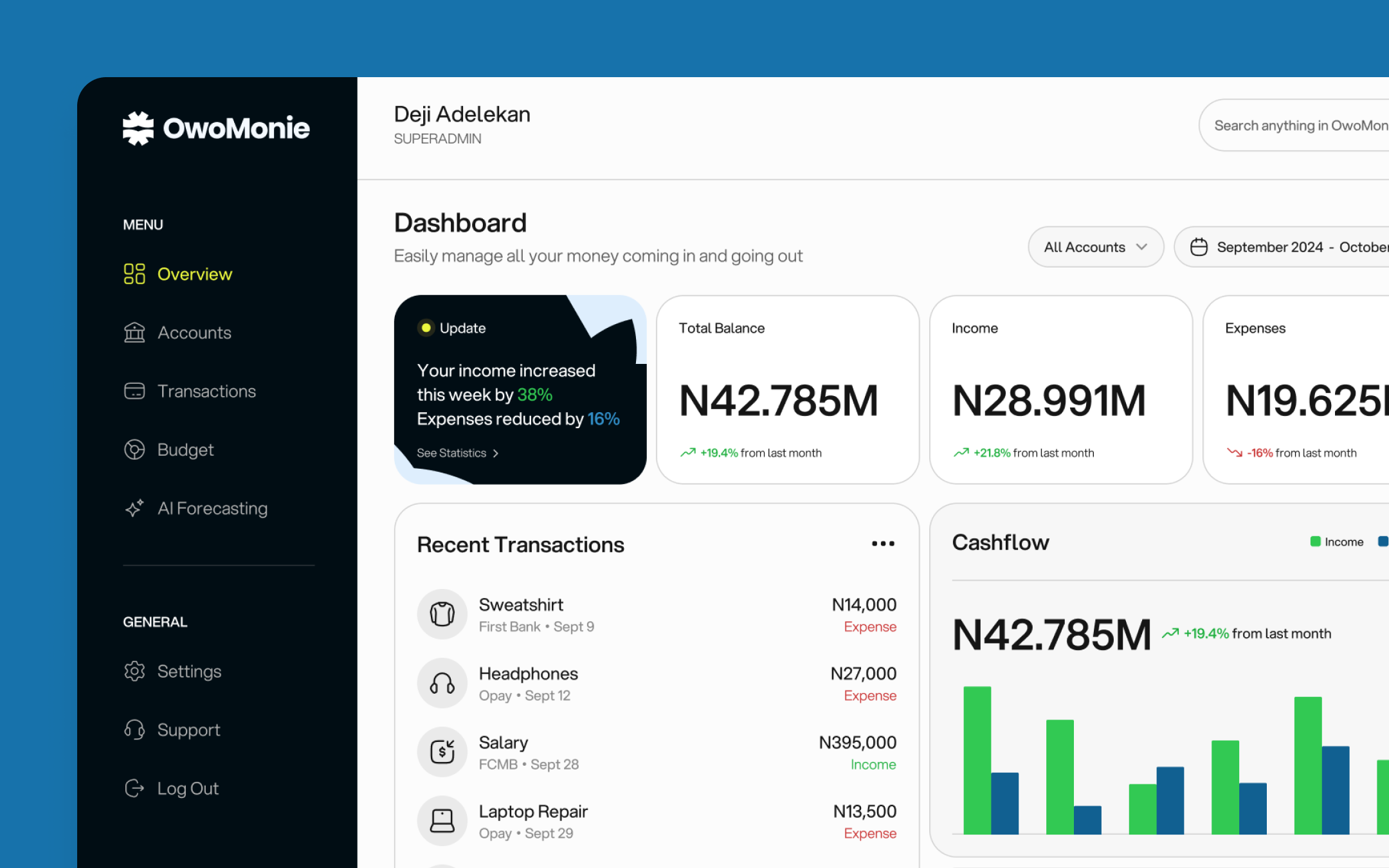
Outcome
Anticipated Outcomes
Though the product is still under development, the anticipated outcomes include:
- Enhanced Financial Clarity: Users will gain a clear understanding of their financial health through intuitive tracking and visualization tools.
- Personalized Budgeting Success: Tailored budgeting features aim to help users meet their financial goals with ease.
- Community Engagement: A robust community feature will encourage knowledge sharing, fostering a supportive environment for financial growth.
"We designed OwoMonie with the end user in mind—ensuring it evolves into a trusted companion for financial management."
Ongoing Learnings
As the project progresses, some key takeaways so far include:
- The Value of Early Feedback: Regular user testing during the design phase has been invaluable in identifying potential pain points and improving the interface.
- Importance of Local Context: Incorporating local cultural and financial nuances is critical for building trust with Nigerian users.
- Flexibility in Development: Designing for scalability ensures that OwoMonie can adapt to future user needs and technological advancements.
Conclusion
While OwoMonie is still in development, the foundation laid through thoughtful branding and design ensures the product will meet its goal of empowering Nigerians to take control of their finances. The project’s focus on usability, cultural relevance, and seamless integration positions it to become a game-changer in personal finance management.
Looking Forward: As development continues, our team remains committed to delivering a product that not only meets but exceeds user expectations.
